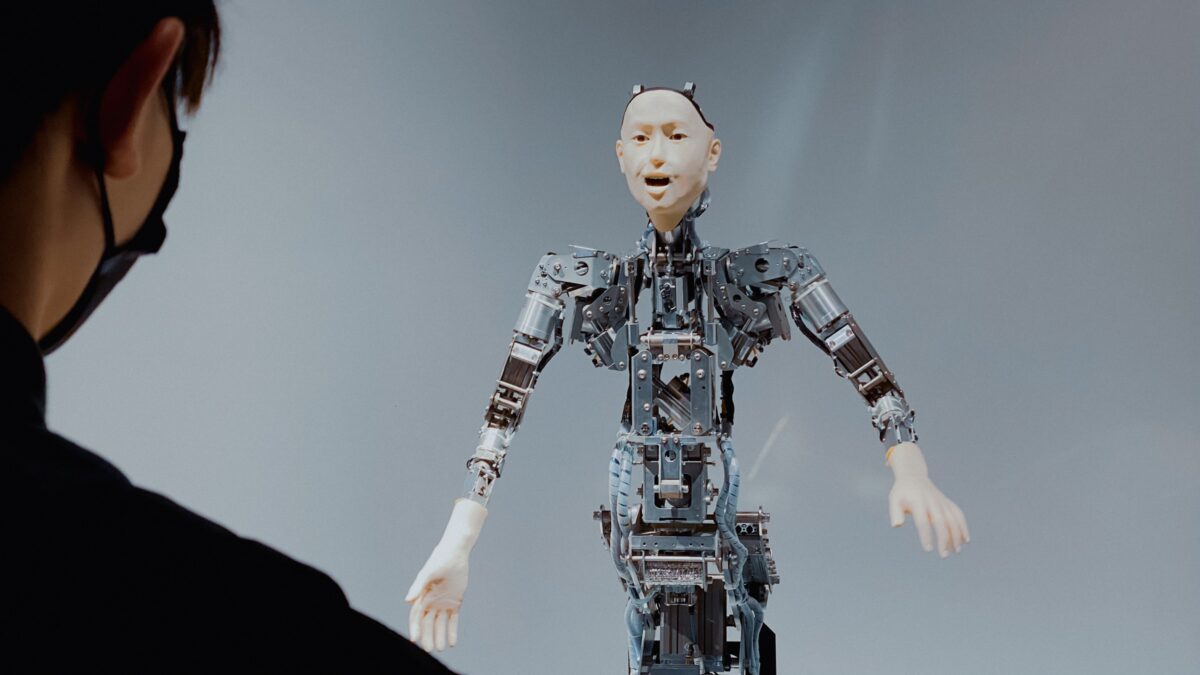This deformed bone is the first direct example of a dinosaur afflicted with malignant tumour.
The partial fibula — a lower leg bone — belonged to a horned, plant-eating Centrosaurus that lived in what is now Dinosaur Park in Canada ‘s southern Alberta about 76 million years ago.
Paleontologists initially thought the strange shape of the bone was due to a fracture which had not cleanly healed. But a new research , published today in The Lancet Oncology, compares the fossil’s (above) internal structure to a human patient’s bone tumor to obtain a diagnosis.
The conclusion: The dinosaur suffered from osteosarcoma, a cancer which mainly attacks adolescents and young adults in humans. The disease causes tumors that are immature in the bone tissue, often in the long leg bones.
It is not the first time cancer in fossil remains has been found. In Tyrannosaurus rex fossils and arthritis in duck-billed hadrosaurs, scientists have identified benign tumors as well as an osteosarcoma in a 240 million-year – old turtle. But the researchers believe their analysis is the first to support a cell-level diagnosis of cancer in the dinosaur.
Scientists, including paleontologists, pathologists, a physician, and a radiologist, examined the whole fossil with computerized high-resolution tomography scans and examined thin parts under the microscope to determine the cell structure. They considered the tumor to be so advanced that it had obviously infected the animal for some time. A similar case in a human being left untreated, they write, would probably be fatal. However, since the fossil was found in a bone bed with lots of other specimens of the Centrosaurus, the dinosaur probably died in a flood with the rest of his herd and not from the cancer.
The researchers suggest their analysis provides a more cautious look at rare fossil malformations that can pay off using modern imaging and diagnostic methods, giving rise to new insights into the evolutionary origins of diseases.




